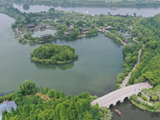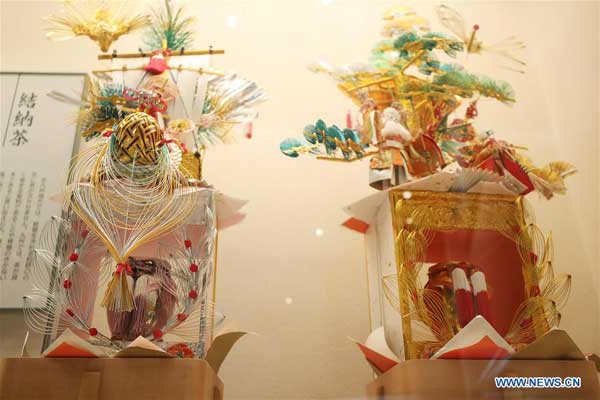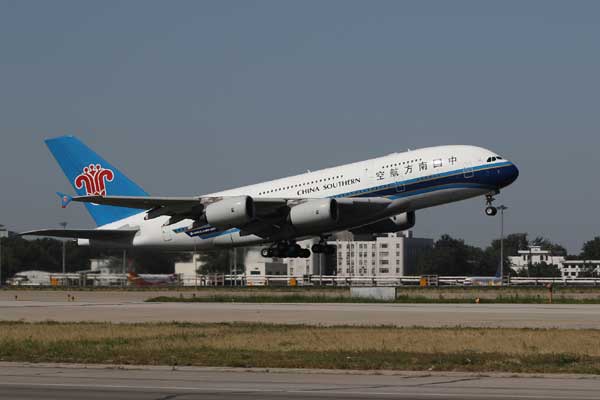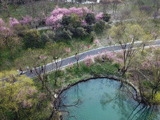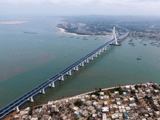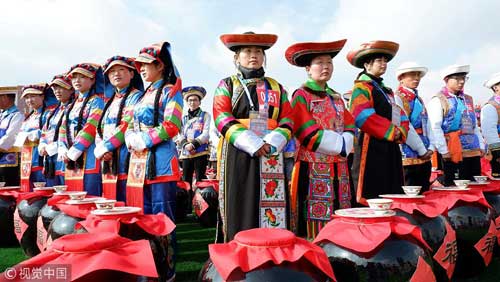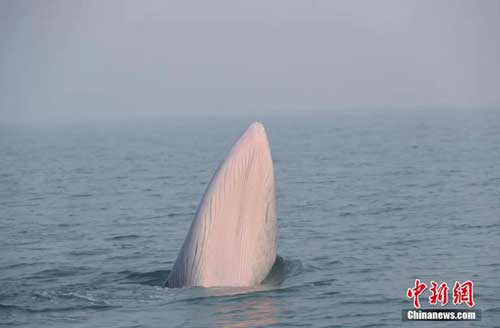The first six of the 14 years were fought as regional wars of resistance mainly in northeast China, northern China, and Shanghai, and served as both the prelude to and an important part of the War of Resistance as a whole. The remaining eight years, fought as a nationwide War of Resistance, were an extension and development of the earlier regional wars.
The period from September 1931 to December 1932 saw the rise of regional wars. On September 18, 1931, Japan manufactured the September 18th Incident and swiftly occupied the whole of northeast China. On January 28, 1932, Japan initiated the January 28th Incident in Shanghai to support and provide cover for its army's aggression against northeast China.
The regional wars of resistance developed during the period from January 1933 to July 1937. During this stage the Japanese Army began its invasion of eastern Inner Mongolia and northern China. In the face of mounting nationwide pressure on the Kuomintang (KMT) government to resist the intensifying Japanese aggression, the KMT government began to put up a certain level of resistance despite also maintaining its policy of internal pacification before resistance to foreign invasion. Some pro-resistance KMT officers led their armies against the Japanese in battles at the Great Wall, in Chahar, and in Suiyuan.
The period from July 1937 to October 1938 was a stage of strategic defense in the nationwide War of Resistance. On July 7, 1937, Japan manufactured the July 7th Incident (also known as the Lugou Bridge Incident), starting a full-scale war of aggression against China.
During this stage, the KMT military resisted large numbers of Japanese troops in center stage battlefields and fought battles at Shanghai, Taiyuan, Xuzhou, and Wuhan. The center stage battlefields constituted the main setting for resistance against the Japanese Army's strategic offensives. At the same time, the armed forces led by the Communist Party of China (CPC) also came to the frontlines to resist the Japanese. Later, the CPC-led armed forces moved to areas behind enemy lines to launch guerrilla warfare and begin developing their own backstage battlefields.
The period from October 1938 to July 1943 was a stage of strategic stalemate in the nationwide War of Resistance. Following the Battle of Wuhan in October 1938, a now overstretched Japanese Army was facing a shortage of troops. In this context it was forced to give up its attempt to achieve a quick victory, and instead shifted to a strategy of fighting a protracted war, keeping the pressure on center stage battlefields and using its main force to concentrate on coping with the guerrilla warfare in its rear areas. Both soldiers and civilians under the CPC fought tirelessly to beat back ruthless offensives launched by the main force of the Japanese Army, giving the backstage battlefields an increasingly important role. These areas behind enemy lines progressively became the main battleground in the nationwide war of resistance.
The period from July 1943 to September 1945 was a stage of strategic counter-offensives in the nationwide War of Resistance. These counter-offensives were launched against the backdrop of fundamental changes in the Global War against Fascism, with the Japanese Army little by little losing its strategic initiative. Beginning in late summer 1943, the Eighth Route Army under the leadership of the CPC was the first to start local counter-offensives behind enemy lines in northern China. This was followed by counter-offensives by the Chinese Army in India and the Chinese Expeditionary Force in northern Burma and the western part of China's Yunnan Province.
In the spring of 1944, the Japanese Army launched Operation Ichi-Gō in China's center stage battlefields to open a land route to Vietnam. The KMT troops lost one battle after another, suffering decisive defeats. During this period, forces under the leadership of the CPC behind enemy lines were constantly expanding their own local counter-offensives. The local counter-offensives in China's war of resistance pinned down the main body of the Japan's ground forces, providing staunch support for the attacks launched against Japan by the Allied forces in the other theaters. In China, the battlefields in liberated areas under the leadership of the CPC launched fierce full-scale counter-offensives, securing great success. On August 15, Japan accepted the Potsdam Declaration and announced its unconditional surrender.



 ][
][ 



